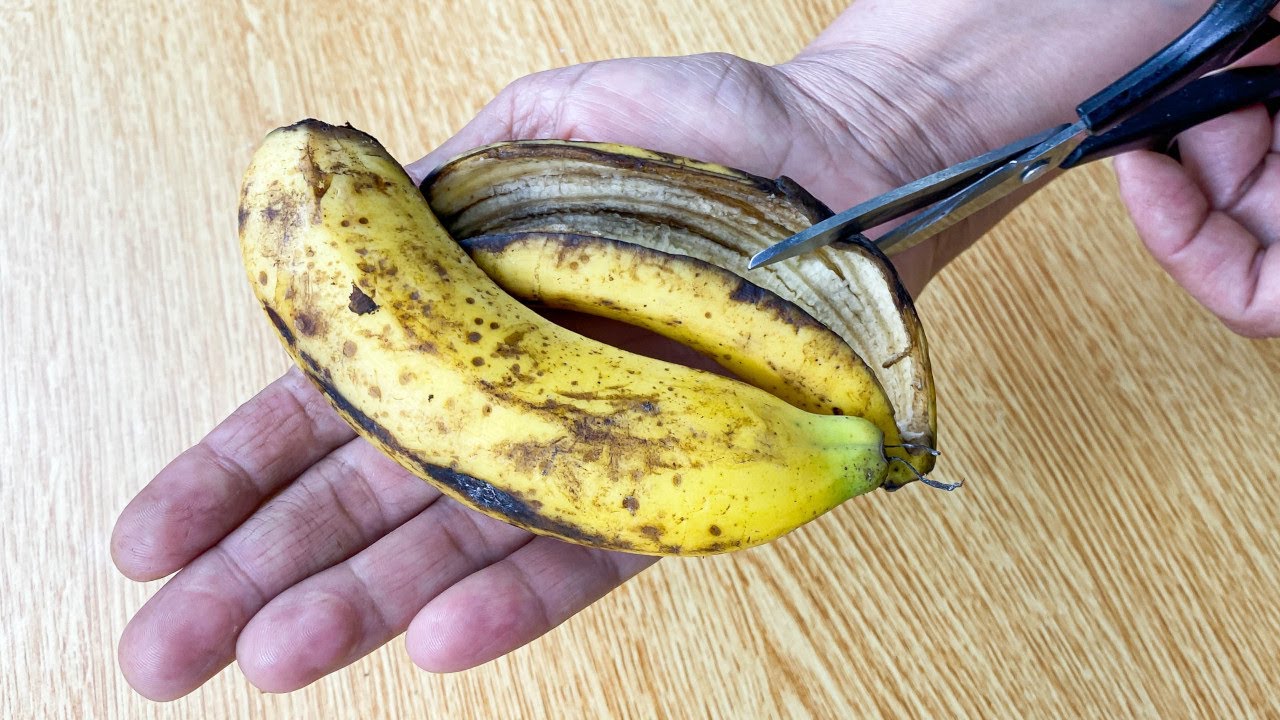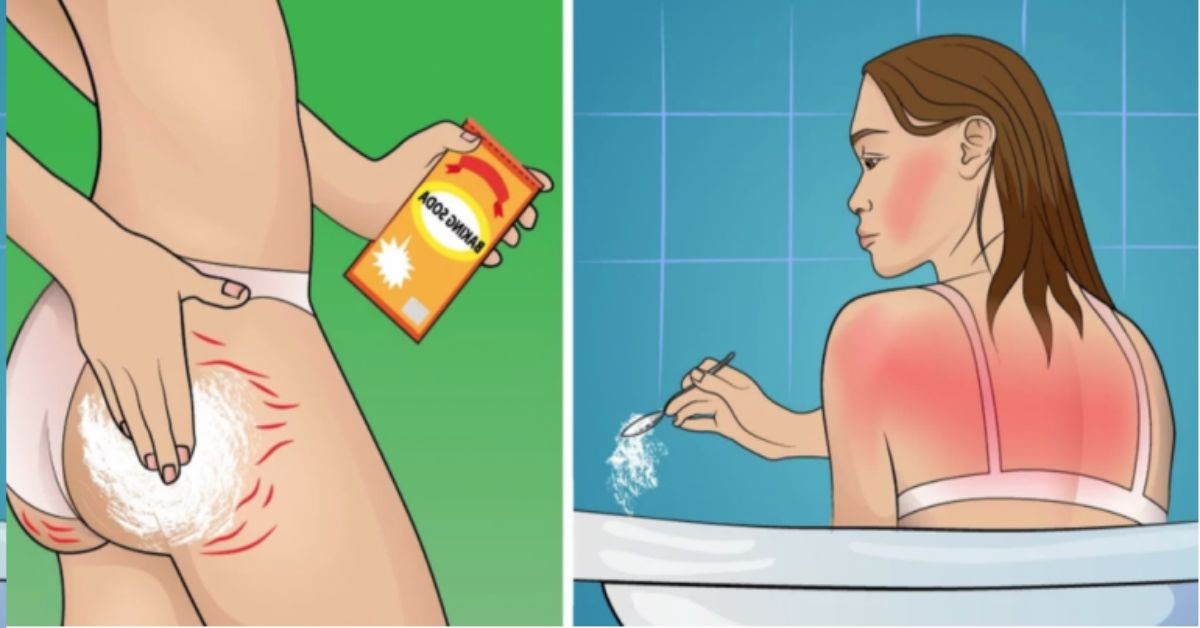
Banana peels are often discarded without a second thought, considered mere waste from our favorite fruit. However, these peels are a goldmine of nutrients and practical uses that can benefit both your health and your home. Here’s why you should think twice before tossing out banana peels and how you can make the most of them.
Nutritional Benefits of Banana Peels
- Rich in Nutrients: Banana peels are packed with vitamins B6 and B12, magnesium, potassium, and fiber. They also contain some protein and essential amino acids.
- Antioxidant Properties: The peels have higher antioxidant content than the fruit itself, which can help combat free radicals in the body.
Practical Uses for Banana Peels
- Improve Skin Health:
- Acne Treatment: Rubbing the inside of a banana peel on your face can help reduce acne. The peel’s natural antiseptic properties help to reduce inflammation and prevent new breakouts.
- Wrinkle Reduction: The antioxidants and vitamins in banana peels can help hydrate and promote elasticity in the skin, reducing the appearance of wrinkles.
- Garden Fertilizer:
- Banana peels decompose quickly and add important nutrients like potassium and nitrogen to the soil, which are crucial for plant growth. You can chop up the peels and bury them directly in the soil around your plants.
- Polish Silver and Leather:
- The oils in banana peels can help shine and remove tarnish from silver when used with a soft cloth. For leather shoes and furniture, banana peels can be used as a gentle, natural polish that not only cleans but also conditions the leather.
- Water Purification:
- Recent studies have suggested that banana peels can be used to remove heavy metals and other contaminants from water due to their ability to absorb and trap toxins.
- Cooking Ingredient:
- In many cultures, banana peels are used in cooking to add texture and fiber to dishes. They can be boiled, fried, or baked. For a simple use, try blending the peel into a smoothie.
How to Prepare Banana Peels for Use
- Washing: Always wash the peels thoroughly to remove any pesticides or contaminants.
- Softening: If you find the texture tough, you can boil the peel for a few minutes to soften it, making it easier to blend or prepare.
Precautions
- Always choose organic bananas if you plan to use the peels, as this minimizes the risk of ingesting or applying harmful chemicals.
- If you have a latex allergy, be cautious, as banana peels contain compounds similar to those found in latex that may trigger a reaction.
Conclusion
Banana peels are much more than just trash; they are a versatile resource that offers numerous health and practical benefits. From skincare to gardening, these peels can be repurposed in many creative ways. Next time you enjoy a banana, save the peel and put it to good use—you may be surprised at just how valuable it can be!




